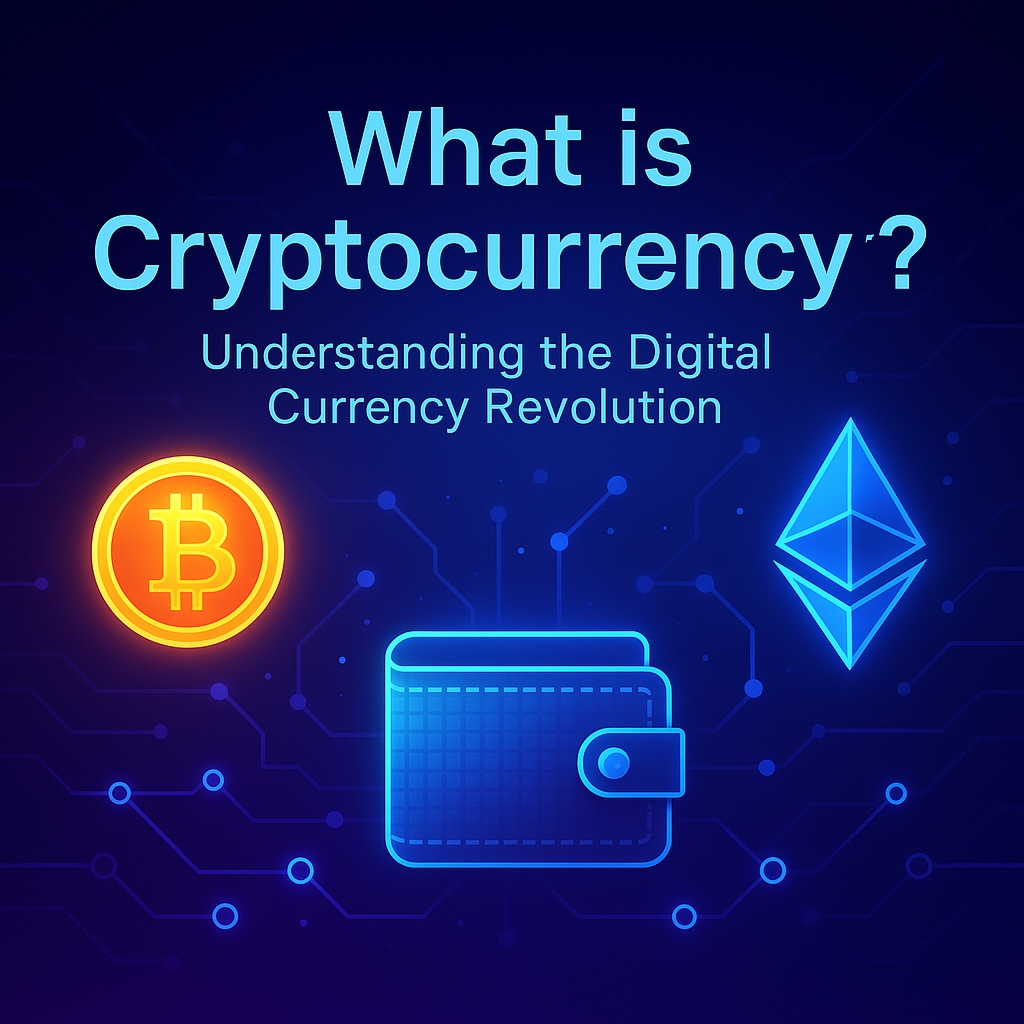Breaking News
Popular News




Enter your email address below and subscribe to our newsletter

When Dogecoin launched in 2013 as a joke featuring the beloved Shiba Inu meme, no one expected it to become a top 10 cryptocurrency. But in 2025, with global payments and billionaire backing, the question stands: Dogecoin—meme or money?
In this exclusive guide by bit2050.com, we break down 7 surprising facts about Dogecoin’s journey from meme coin to real-world utility.
Dogecoin was created by Billy Markus and Jackson Palmer to satirize the crypto hype. But what began as a meme quickly gained traction—especially after Elon Musk’s tweets made DOGE a household name.
Dogecoin’s brand power is unmatched—it has culture and community, two things money can’t buy.
Dogecoin is accepted by hundreds of merchants for goods and services:
Tesla accepts DOGE for merchandise
AMC Theatres supports Dogecoin via BitPay
Newegg, AirBaltic, and Dallas Mavericks also accept DOGE
Its fast block time (1 min) and low fees make it ideal for small transactions.
Unlike Bitcoin, Dogecoin doesn’t have a capped supply:
Over 5 billion DOGE are added yearly
This helps encourage spending over hoarding
Critics say this hurts value over time, but proponents argue it makes DOGE better for everyday payments.
To improve scalability, projects like Dogechain are building Layer 2 solutions that allow:
Smart contracts
dApps and NFTs
Bridging to Ethereum
This evolution brings DeFi and utility to a once “useless” meme coin.
The Dogecoin Foundation was revived in 2021 and includes:
Vitalik Buterin (Ethereum co-founder) as advisor
Jared Birchall (representing Elon Musk)
Roadmaps for staking, security, and scalability
The ecosystem is evolving, not fading.
As of 2025:
DOGE remains in the top 15 cryptocurrencies by market cap
It has better liquidity and listing access than most altcoins
It’s listed on Binance, Coinbase, Kraken, Robinhood, and Gemini
No other meme coin has achieved Dogecoin’s institutional accessibility.
From GameStop to PepeCoin, meme-driven finance isn’t a joke—it’s a social movement. Dogecoin pioneered this trend, proving that memes + money = momentum.
And with more millennials and Gen Z entering crypto, cultural relevance equals market strength.
A: No. While it started as a meme, Dogecoin now powers real-world payments, has a growing ecosystem, and is backed by top crypto personalities.
A: Yes, and in some cases even better—it has faster transaction speeds and lower fees than Bitcoin.
A: Through solutions like Dogechain or future upgrades, Dogecoin is moving toward DeFi and dApp compatibility.
A: It depends. Inflation keeps Dogecoin spendable rather than hoarded, making it ideal for microtransactions.
A: It’s volatile, but its strong brand, utility, and community give it more staying power than most meme coins.
So, is Dogecoin a meme or money? The truth is—it’s both. What started as internet comedy has become a cultural currency backed by tech innovation, global payments, and community loyalty.
For more insights on the future of crypto, meme coins, and Web3 economics, visit bit2050.com — your ultimate source for the decentralized digital frontier.